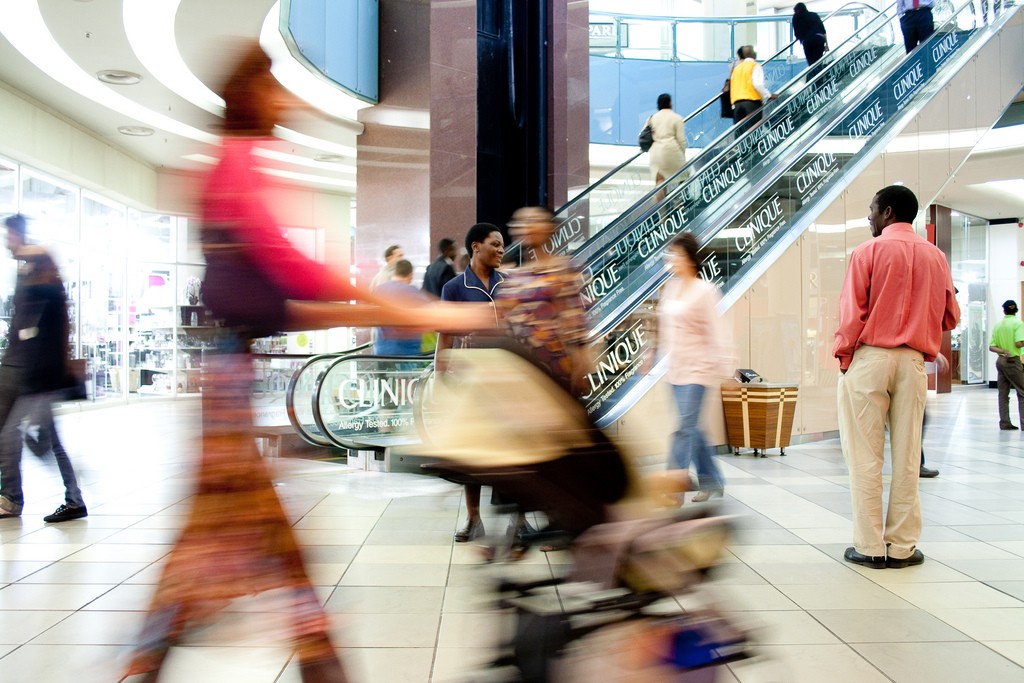The retail model of the future will be a radically different experience from today, largely driven by the changing shopping demands of the younger hyper-connected consumer, according to Pieter Engelbrecht, regional manager for sub-Saharan Africa at Aruba Networks.
Bricks-and-mortar retailing will remain to be a very significant part in retail, however the lines between channels will erode at the benefit of both the customer and the business. Advances in technology will significantly improve the relationships between retailers and customers, much the way analytics is already doing to online shopping.
Real opportunity lies in responding to this change, focusing on delivering a truly integrated and seamless omni-channel experience. The future of retail is an exciting one, and over the next few years we expect to see a number of key developments taking place in stores around the globe:
The emergence of the smart personal shopper
Online retail will continue to exist for customers who want to buy a specific product and have it delivered to their home. But those who enter a store do so to learn, to view and feel items and to speak to a person. As the physical environment of a store changes, communication barriers between customers and employees such as counters will be removed, enabling staff to provide a more personalised experience.
Mobile technology will revolutionise the sales process and experience. Tomorrow’s retail staff will be unleashed from the sale counter, and given the equipment to connect with customers across the entire store, offering a more consultative approach. In fashion retail for example, assistants will be able to show customers a range of outfits and styles a particular item could work with.
With a real time view of stock and availability, they will be far more capable of closing sales, only recommending items that are both in stock and in size, while offering further choice and reducing wait time for shoppers.
 The rise of immersive engagement
The rise of immersive engagement
Walking past a store, a customer’s phone buzzes, offering them to try on the same pair of jeans they saved in their online basket a few days ago. Enticing them in, as they’ve already shopped online, for today only they will get an additional 10% off all purchases.
Location-aware technology will identify customers’ mobile devices, enabling upsell and cross-sell offers based not just on what they’re viewing, but also what they’ve purchased before. As customers roam the store, engagement programmes will link with in-store beacons to dynamically offer up suggestions at various points along the store path.
Here, the loyalty programme and the new found freedom of the retail assistant will combine and, with a shared purchase history, the best retailers will enable assistants to make personal style recommendations, based on customer preference and items they may already own.
Experiences will extend loyalty beyond purchases too, offering experience enhancements such as VIP parking spots when customers approach retail stores, and recognising regular customers on entry.
The end of cash and plastic
Part of matching the new connected consumers’ expectations will be delivering a seamless, frictionless payment experience, removing any barriers slowing down the speed of a retail sale. Eliminating queues from stores, roaming staff, now empowered by mobile technology will be able to transact with customers in seconds, as shoppers keep focus on the purchase experience rather than the cost.
One of the most important factors to consumers, payment security requires additional compliance with higher security standards, ensuring consumers are protected from fraudulent activity and avoiding the irreparable reputational damage and financial costs associated with a breach in payment security for the retailer.
This adoption of mobile, digital payments will further enable retailers to offer things like on-demand delivery options, where products can be delivered straight to the customer’s home or even car.
For retail businesses, this will also likely lead to higher revenues. Just as the shift from cash to plastic showed consumers are willing to spend more when not parting with cash, so too will sales be further strengthened by further dissociation from the traditional bank instrument – the card.
The road to the future
These hyper-connected consumers already in the marketplace have a rapidly growing share of spending power. This always-on generation demand things like fast internet access and a more seamless, digital experience they’re already getting from other services.
While new innovations are being tested and tried in today’s market, much of this development is stifled by existing and fragmented existing IT infrastructure, negatively impacting the customer experience, and slowing the consumer adoption of new technologies that could help drive the retail business forward.
Because of this, retailers are already starting on the back foot. To build a successful platform for innovation across multiple channels, they must ensure the technological needs of today’s customers are fully met, otherwise they face being left in the dust. Focus on enriching the customer experience immediately, and set the stage for rapid innovation in the coming years.
